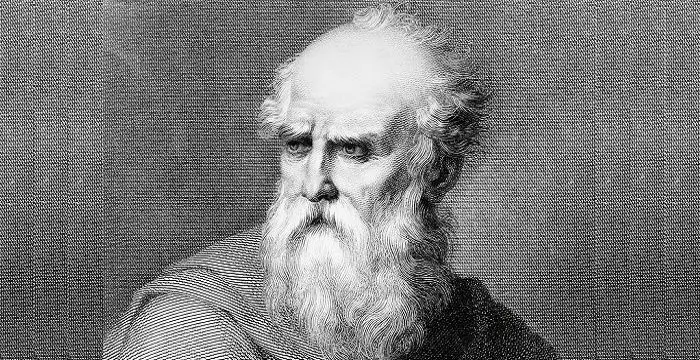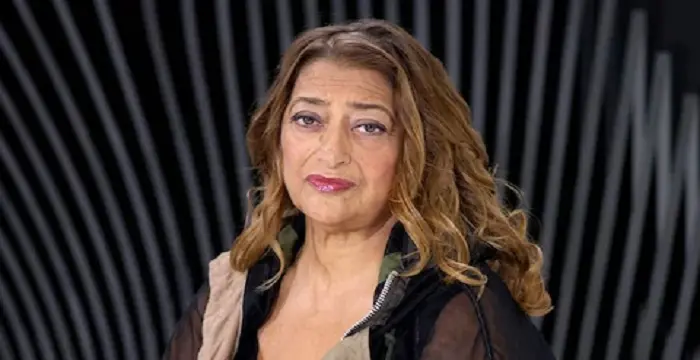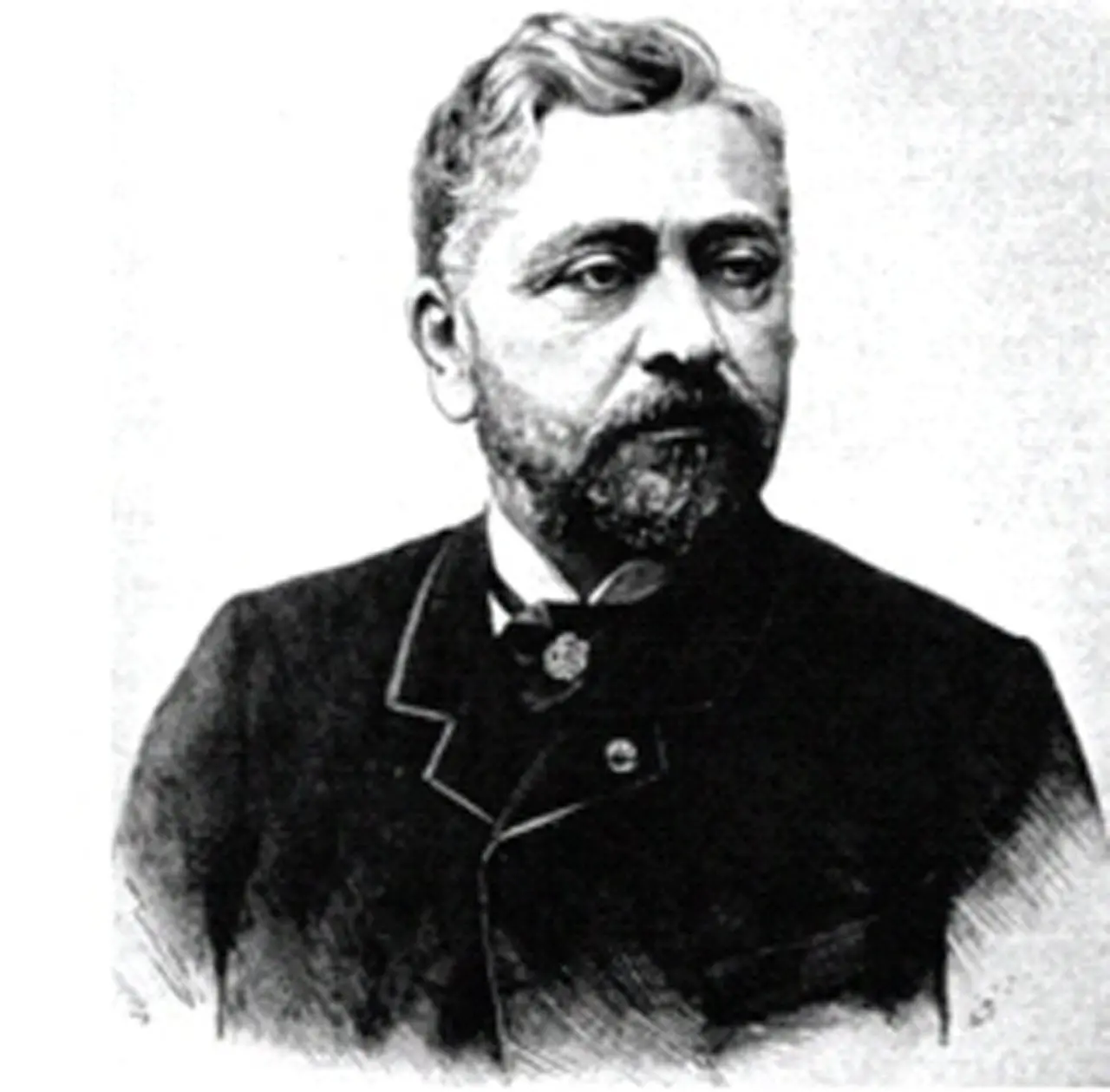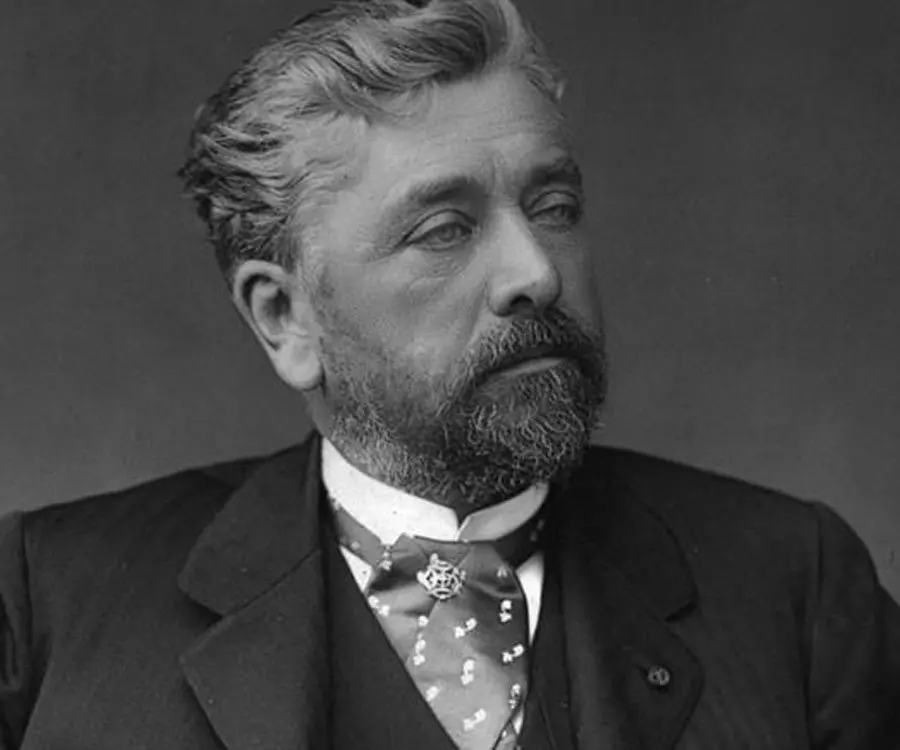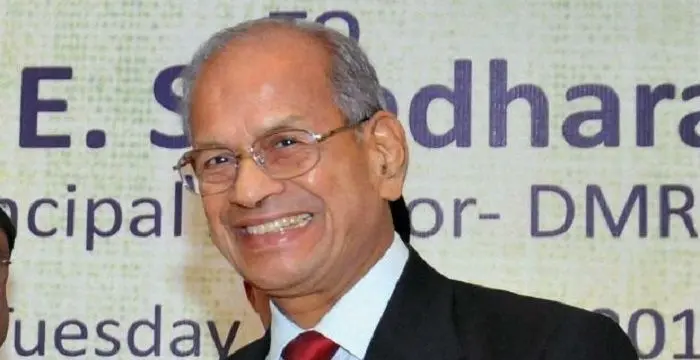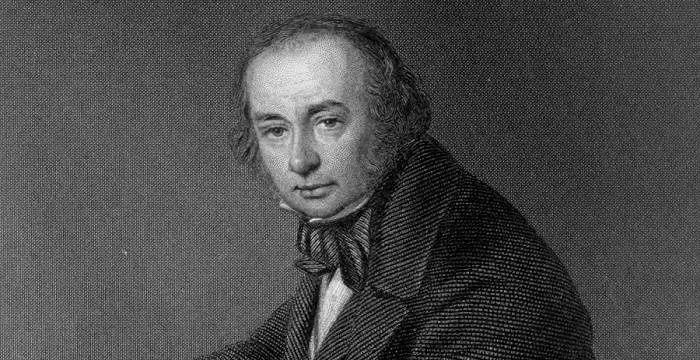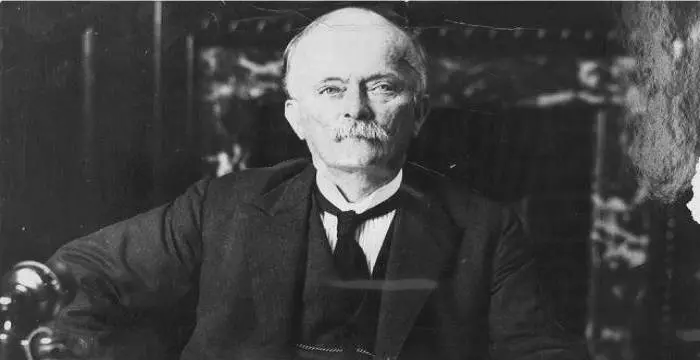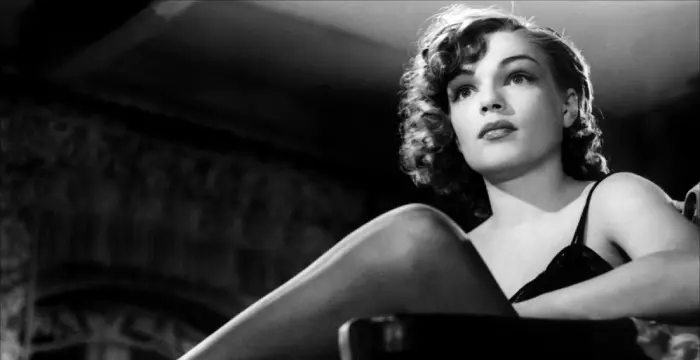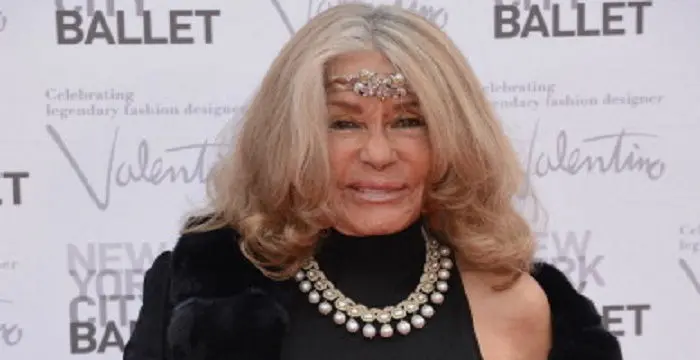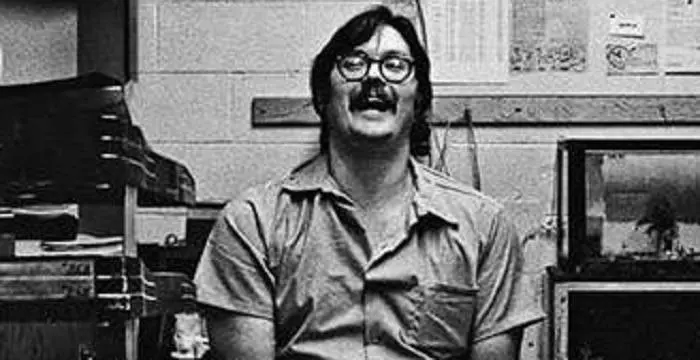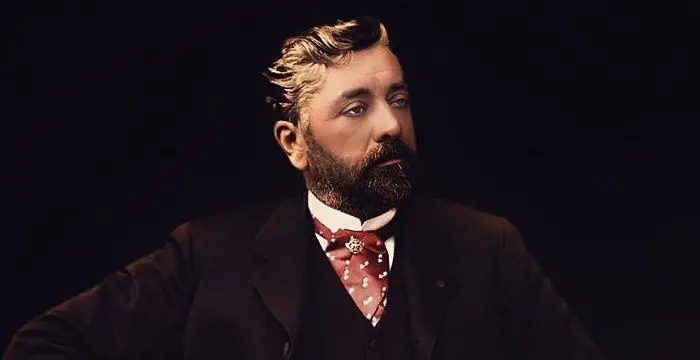
Gustave Eiffel - Civil Engineers, Life Achievements and Family
Gustave Eiffel's Personal Details
Alexandre Gustave Eiffel was a French civil engineer and architect who built the famous Eiffel Tower
| Information | Detail |
|---|---|
| Birthday | December 15, 1832 |
| Died on | December 27, 1923 |
| Nationality | French |
| Famous | Architects, Civil Engineers |
| Spouses | Marguerite Gaudelet |
| Siblings | Laure Boenickhausen-Eiffel, Marie Boenickhausen-Eiffel |
| Known as | Alexandre Gustave Eiffel |
| Childrens | Albert Eiffel, Claire Eiffel, Edouard Eiffel, Laure Eiffel, Valentine Eiffel |
| Universities |
|
| Founder / Co-Founder |
|
| Birth Place | Dijon, Côte-d'Or, France |
| Gender | Male |
| Father | François Alexandre Boenickhausen |
| Mother | Catherine Melanie Moineuse |
| Sun Sign | Sagittarius |
| Born in | Dijon, Côte-d'Or, France |
| Famous as | Architect, Civil Engineer |
| Died at Age | 91 |
// Famous Architects
Vitruvius
Vitruvius was a Roman architect, author, and military engineer during the 1st century BC. Check out this biography to know about his childhood, family life, achievements and fun facts about his life.
Rudolf Steiner
Rudolf Steiner introduced groundbreaking ideas in realms of spirituality, art, education and agriculture. Check out this biography to know about his childhood, family life, achievements and other facts related to his life.
Zaha Hadid
The famous Iraqi-British architect Zaha Hadid is known for her designs of the ‘Rosenthal Center for Contemporary Art’ and ‘Heydar Aliyev Center’. To know more about her childhood, profile, career and timeline read on.
Gustave Eiffel's photo
Who is Gustave Eiffel?
Alexandre Gustave Eiffel fondly called ‘the magician of iron’ was a French master engineer and architect. A graduate from ‘École Centrale des Arts et Manufactures’ in Paris, he joined a company that specialised in construction of railway bridges. It took him a couple of years to master the job and soon he was directing bridge construction and later went on to form his own company ‘Eiffel & Cie’. He was associated in constructing several bridges including the famous Garabit Viaduct for the railway network of France. At that time it was considered the highest bridge in the world. His expertise was not limited to France only. He made a mark of his excellence in other countries including the United States, Spain, Brazil, Uruguay, Peru, Mexico and Chile among others. He was involved in the construction and designs of many buildings and structures including ‘Cathedral of San Pedro de Tacna’, Peru, the ‘Grand Hotel Traian’ in Iaşi, Romania, Konak Pier in İzmir, Turkey and ‘Catedral de Santa María’ in Chiclayo, Peru. One of his noted works was designing of metallic structure of the ‘Statue of Liberty’ in the United States that fell on him after the sudden death of its original engineer. The most renowned work that brought him international fame and cemented his name in history was the ‘Eiffel Tower’ of Paris. Post retirement from engineering he devoted the rest of his life in meteorology and aerodynamics.
// Famous Civil Engineers
E. Sreedharan
E. Sreedharan is an Indian engineer known as the “Metro Man” for his pivotal role in building the Konkan Railway and Delhi metro. This biography of E. Sreedharan provides detailed information about his childhood, life, achievements, works & timeline.
Isambard Kingdom Brunel
Isambard Kingdom Brunel was the English civil engineer who built the Great Western Railway. This biography of Isambard Kingdom Brunel provides detailed information about his childhood, life, achievements, works & timeline.
John Bradfield
John Bradfield was an Australian engineer, who oversaw the design and building of ‘Sydney Harbour Bridge’. This biography of John Bradfield provides detailed information about his childhood, life, achievements, works & timeline.
Childhood & Early Life
He was born as Bonickhausen dit Eiffel on December 15, 1832 in Djion, France, as the eldest child of Alexandre Bonickhausen dit Eiffel and Catherine-Mélanie. The family came from a region near the Eifel Mountains and adopted the name ‘Eiffel’.
His father an ex-military man and served the French Army as an administrator and his mother was in the charcoal business that was passed on to her from her parents. Later, his father left his job to join the business. As his mother had to look after the business, he spent most of his childhood with his grandmother.
He studied at the ‘Lycée Royal’ in Dijon and earned his baccalauréats in science and humanities. Gustave's uncle Jean-Baptiste Mollerat and his chemist friend Michel Perret played an instrumental role in educating Gustave on varied subjects including philosophy, theology, chemistry and mining.
To prepare himself for the different entrance exams of engineering colleges, he joined the ‘Collège Sainte-Barbe’ in Paris. He cleared entrance exams of ‘École Centrale des Arts et Manufactures’ and ‘École polytechnique’ both of which were renowned schools in France. He enrolled at the ‘École Centrale des Arts et Manufactures’ and studied chemistry. In 1855, he completed his graduation earning the thirteenth position out of eighty candidates.
Career
After completing his graduation he did an unpaid job for a few months to assist his brother-in-law in a foundry. He got his first paid job as the secretary of Charles Nepveu, a railway engineer.
When the company of Nepveu became bankrupt, he arranged for a bridge design work for Eiffel that was to be constructed for the ‘Saint Germaine’ railway. ‘Compagnie Belge de Matériels de Chemin de Fer’, the company that took over a few businesses of Nepveu made him managing director of its two factories and eventually Eiffel headed the research department.
In 1857, Nepveu got a contract for construction of a railway bridge over the river Garonne, Bordeaux, and Eiffel was given the job of assembling the metalwork. Later from March 1860 Eiffel managed the whole project following Nepveu’s resignation. Eiffel was made the chief engineer of ‘Compagnie Belge de Matériels de Chemin de Fer’ and was further promoted. As the business of the company declined, he resigned in 1865.
He started working independently as a consulting engineer and got involved in construction of the railway station at Toulouse and at Agen. In 1866, he got a contract of supervising construction of locomotives for the government of Egypt and in that pursuit he visited Egypt.
His reputation as an architect and civil engineer got him more projects and he established his own workshop in 1866 and undertook projects in different countries. One such project was all-metal construction of the church of San Marcos in Arica, Chile. Various parts of the project were manufactured in France and shipped to the site to be assembled there. His technical innovations were path breaking (specially prefabrication of cantilever constructions).
On October 6, 1868, he along with Théophile Seyrig formed the company ‘Eiffel et Cie’ and received several important projects.
The Exposition Universelle in 1878 cemented his position as a leading engineer of his time. Many of the buildings of the exhibition were constructed by him.
He and Théophile Seyrig terminated the partnership in 1879 and the company was re-christened as ‘Compagnie des Établissements Eiffel’. The company bagged the project of constructing a railway bridge, Garabit Viaduct in France in that very year. The bridge that was completed in 1884 was considered the highest bridge in the world at that time adding another feather in Eiffel’s cap.
He was contacted by Auguste Bartholdi in 1881 to design the interior metallic structure of the ‘Statue of Liberty’ in Liberty Island, New York, United States after the sudden death of its engineer Eugène Viollet-Le-Duc in 1879. The parts of the statue were first assembled at his workshop in Paris and after checking it was again dismantled and shipped in parts to the US for its final assembly. The statue was opened in 1886.
Advancing in his career in 1886, he designed a dome for the ‘Nice Observatory’, an astronomical observatory in Nice, France. The dome which was noted for its movable feature was the largest of its kind in the world at that time.
His most noted masterpiece that bears his name and went on to become one of his prominent works is the ‘Eiffel Tower’. Emile Nouguier and Maurice Koechlin first made a design of the tower that would become the centrepiece of the 1889 Exposition Universelle. The work of the tower began in 1887 which included 2,500,000 rivets and 12,000 other components, all designed in such a way that when assembled would handle wind pressure. Economically feasible, the structure if melted would occupy only about two and a half inches of its base.
He took two years to construct the Eiffel Tower, whose height is 984 feet. It is not only a prominent tourist attraction in France but is also considered a work of art today by the Parisans and critics.
He earned a contract in 1887 for building locks for the Panama Canal. His reputation was hurt after he was charged of misappropriation of funds along with Ferdinand De Lesseps, the head of the ‘French Panama Canal Company’ and Lesseps’s son following liquidation of the company. On February 9, 1893 he was found guilty and sentenced for two years in prison along with a fine of 20,000 francs. A further appeal at the ‘Cour de Cassation’ however acquitted him of all charges and obligations.
The construction of the Eiffel tower infused in him the interest for aerodynamics. He built an aerodynamic laboratory in 1905 at the base of the tower and in 1909 constructed his first ever wind tunnel there. Post retirement from engineering he devoted the rest of his life studying meteorology and aerodynamics. In 1912, he moved his set up from the tower to a new location at Auteuil and established a larger research laboratory there. One of his noted books on aerodynamics among the many he wrote is ‘Resistance of the Air and Aviation’.
Awards & Achievements
Though he designed and constructed a number of great structures in his illustrious career, his most famous and iconic structure is the world-famous Eiffel Tower.
In 1913, the ‘Smithsonian Institution’ honoured him with the ‘Samuel P. Langley Medal for Aerodromics’ award.
Personal Life & Legacy
He got married to Marie Gaudelet on July 8th, 1862. The couple remained married for fifteen years and had five children together (three girls, and two boys) before Marie caught pneumonia and died in 1887. Gustave never married again.
On December 27, 1923, he died while in his mansion on ‘Rue Rabelais’ in Paris and was buried in ‘Levallois-Perret Cemetery’ in the family tomb.
// Famous French peoples
Simone Signoret
Simone Signoret was a French actress who became the first French person to win an Academy Award. Check out this biography to know about her childhood, family life, achievements and other facts related to her life.
Jade Weber
Scroll down this bio to find out everything about French model Jade Weber. Be it fun facts, birthday, trivia or details of her personal and family life, you’ll find everything here.
Micheline Roquebrune
Micheline Roquebrune is a petite Moroccan-French painter best known as the third wife the legendary Scottish actor Sir Sean Connery. Check out this biography to know about her birthday, childhood, family life, achievements and fun facts about her.
Gustave Eiffel biography timelines
- // 15th Dec 1832He was born as Bonickhausen dit Eiffel on December 15, 1832 in Djion, France, as the eldest child of Alexandre Bonickhausen dit Eiffel and Catherine-Mélanie. The family came from a region near the Eifel Mountains and adopted the name ‘Eiffel’.
- // 1855To prepare himself for the different entrance exams of engineering colleges, he joined the ‘Collège Sainte-Barbe’ in Paris. He cleared entrance exams of ‘École Centrale des Arts et Manufactures’ and ‘École polytechnique’ both of which were renowned schools in France. He enrolled at the ‘École Centrale des Arts et Manufactures’ and studied chemistry. In 1855, he completed his graduation earning the thirteenth position out of eighty candidates.
- // 8th Jul 1862 To 1887He got married to Marie Gaudelet on July 8th, 1862. The couple remained married for fifteen years and had five children together (three girls, and two boys) before Marie caught pneumonia and died in 1887. Gustave never married again.
- // 1866He started working independently as a consulting engineer and got involved in construction of the railway station at Toulouse and at Agen. In 1866, he got a contract of supervising construction of locomotives for the government of Egypt and in that pursuit he visited Egypt.
- // 1866His reputation as an architect and civil engineer got him more projects and he established his own workshop in 1866 and undertook projects in different countries. One such project was all-metal construction of the church of San Marcos in Arica, Chile. Various parts of the project were manufactured in France and shipped to the site to be assembled there. His technical innovations were path breaking (specially prefabrication of cantilever constructions).
- // 6th Oct 1868On October 6, 1868, he along with Théophile Seyrig formed the company ‘Eiffel et Cie’ and received several important projects.
- // 1878The Exposition Universelle in 1878 cemented his position as a leading engineer of his time. Many of the buildings of the exhibition were constructed by him.
- // 1879 To 1884He and Théophile Seyrig terminated the partnership in 1879 and the company was re-christened as ‘Compagnie des Établissements Eiffel’. The company bagged the project of constructing a railway bridge, Garabit Viaduct in France in that very year. The bridge that was completed in 1884 was considered the highest bridge in the world at that time adding another feather in Eiffel’s cap.
- // 1886Advancing in his career in 1886, he designed a dome for the ‘Nice Observatory’, an astronomical observatory in Nice, France. The dome which was noted for its movable feature was the largest of its kind in the world at that time.
- // 1887 To 1889His most noted masterpiece that bears his name and went on to become one of his prominent works is the ‘Eiffel Tower’. Emile Nouguier and Maurice Koechlin first made a design of the tower that would become the centrepiece of the 1889 Exposition Universelle. The work of the tower began in 1887 which included 2,500,000 rivets and 12,000 other components, all designed in such a way that when assembled would handle wind pressure. Economically feasible, the structure if melted would occupy only about two and a half inches of its base.
- // 1887 To 9th Feb 1893He earned a contract in 1887 for building locks for the Panama Canal. His reputation was hurt after he was charged of misappropriation of funds along with Ferdinand De Lesseps, the head of the ‘French Panama Canal Company’ and Lesseps’s son following liquidation of the company. On February 9, 1893 he was found guilty and sentenced for two years in prison along with a fine of 20,000 francs. A further appeal at the ‘Cour de Cassation’ however acquitted him of all charges and obligations.
- // 1913In 1913, the ‘Smithsonian Institution’ honoured him with the ‘Samuel P. Langley Medal for Aerodromics’ award.
- // 27th Dec 1923On December 27, 1923, he died while in his mansion on ‘Rue Rabelais’ in Paris and was buried in ‘Levallois-Perret Cemetery’ in the family tomb.
// Famous Sagittarius Celebrities peoples
Billie Eilish
Billie Eilish Pirate Baird O’Connell is an American singer and songwriter. Check out this biography to know about her childhood, family, personal life, birthday, etc.
Jacelyn Reeves
Jacelyn Reeves is a former flight attendant who once had a fling with Clint Eastwood. Check out this biography to know about her birthday, childhood, family life, achievements and fun facts about her.
Edmund Kemper
Edmund Kemper is a convicted serial killer from America who murdered ten people. Check out this biography to know about his childhood, life, crimes and other facts about him.
Pietro Boselli
Pietro Boselli is an Italian model, engineer, teacher, and fitness athlete who became famous as the ‘world’s sexiest math teacher’. Check out this biography to know about his birthday, childhood, family life, achievements and fun facts about him.
Niqoles Heard
Lil Niqo is an American rapper and musical artist. Let’s take a look at his family and personal life including age, date of birth, net worth, girlfriends, and fun facts.
Ted Nugent
Ted Nugent is a hard rock musician known for his hits ‘Stranglehold’ and ‘Cat Scratch Fever’. This biography of Ted Nugent provides detailed information about his childhood, life, achievements, works & timeline.
Gustave Eiffel's FAQ
What is Gustave Eiffel birthday?
Gustave Eiffel was born at 1832-12-15
When was Gustave Eiffel died?
Gustave Eiffel was died at 1923-12-27
Where was Gustave Eiffel died?
Gustave Eiffel was died in Paris, 1 rue Rabelais
Which age was Gustave Eiffel died?
Gustave Eiffel was died at age 91
Where is Gustave Eiffel's birth place?
Gustave Eiffel was born in Dijon, Côte-d'Or, France
What is Gustave Eiffel nationalities?
Gustave Eiffel's nationalities is French
Who is Gustave Eiffel spouses?
Gustave Eiffel's spouses is Marguerite Gaudelet
Who is Gustave Eiffel siblings?
Gustave Eiffel's siblings is Laure Boenickhausen-Eiffel, Marie Boenickhausen-Eiffel
Who is Gustave Eiffel childrens?
Gustave Eiffel's childrens is Albert Eiffel, Claire Eiffel, Edouard Eiffel, Laure Eiffel, Valentine Eiffel
What was Gustave Eiffel universities?
Gustave Eiffel studied at École Polytechnique, École Centrale Paris
Which company or organization was founded by Gustave Eiffel?
Gustave Eiffel was the founder/co-founder of Eiffel & Cie
Who is Gustave Eiffel's father?
Gustave Eiffel's father is François Alexandre Boenickhausen
Who is Gustave Eiffel's mother?
Gustave Eiffel's mother is Catherine Melanie Moineuse
What is Gustave Eiffel's sun sign?
Gustave Eiffel is Sagittarius
How famous is Gustave Eiffel?
Gustave Eiffel is famouse as Architect, Civil Engineer
